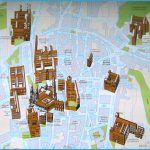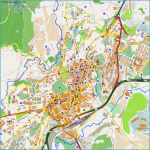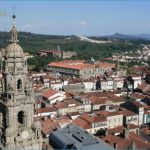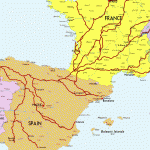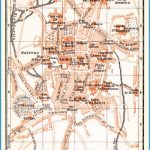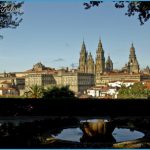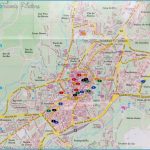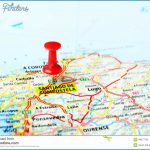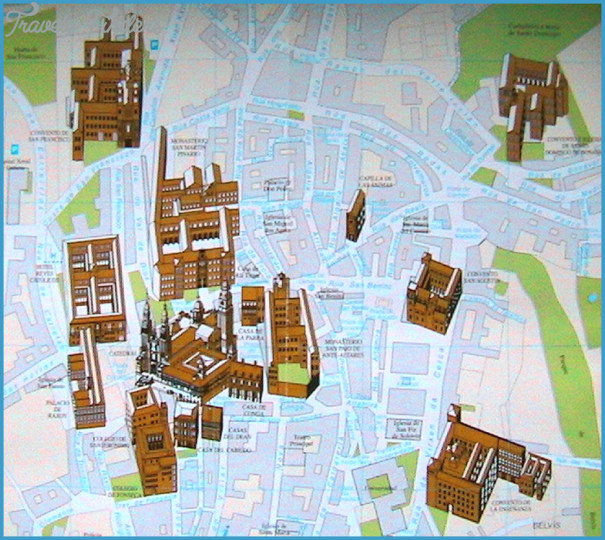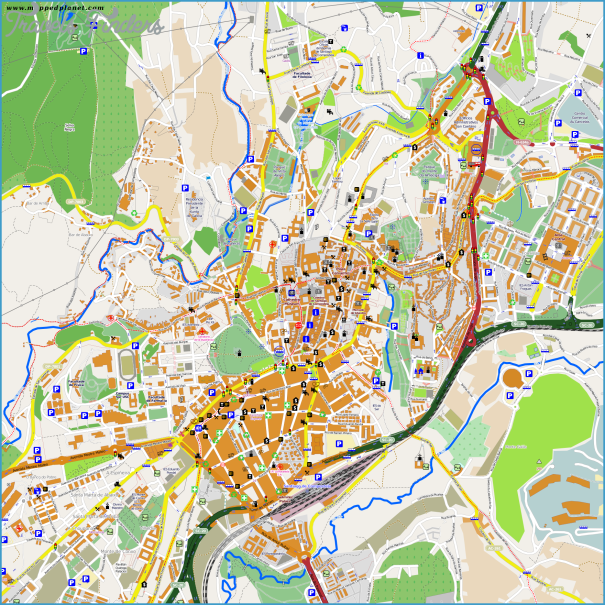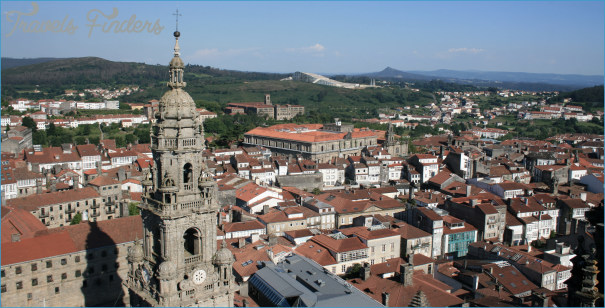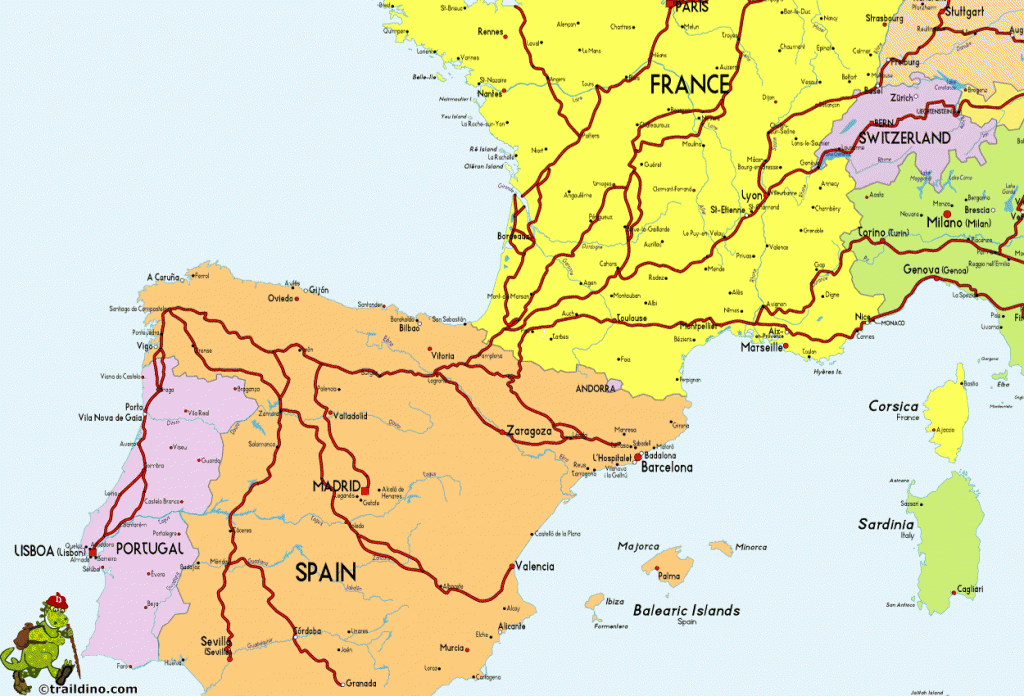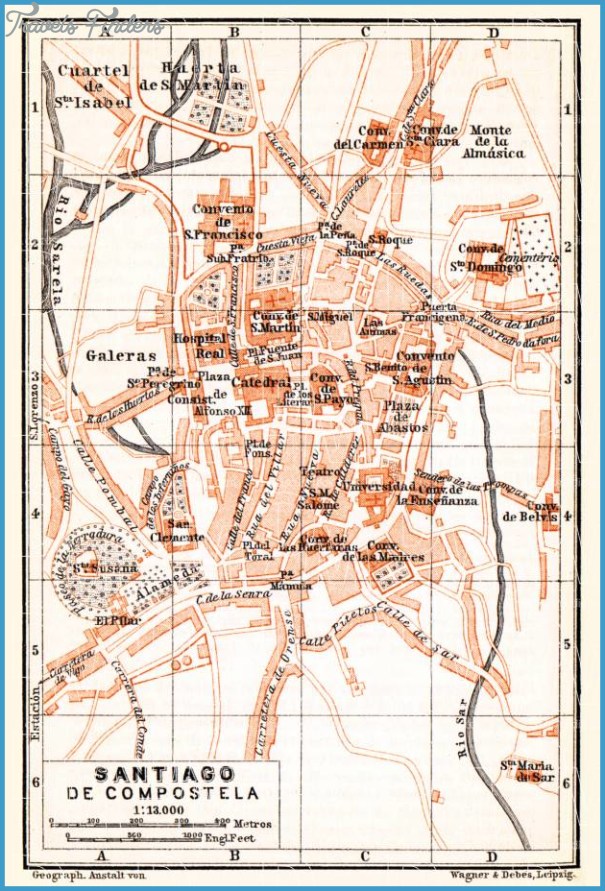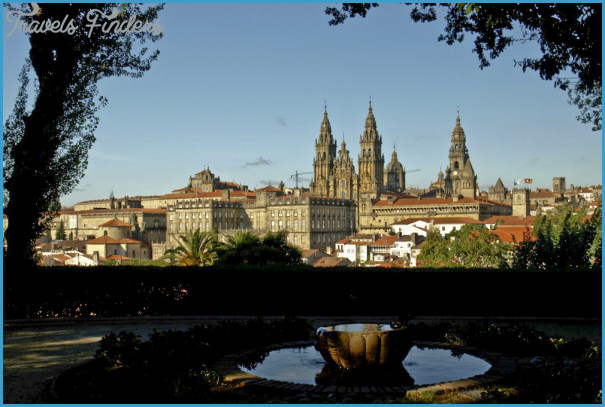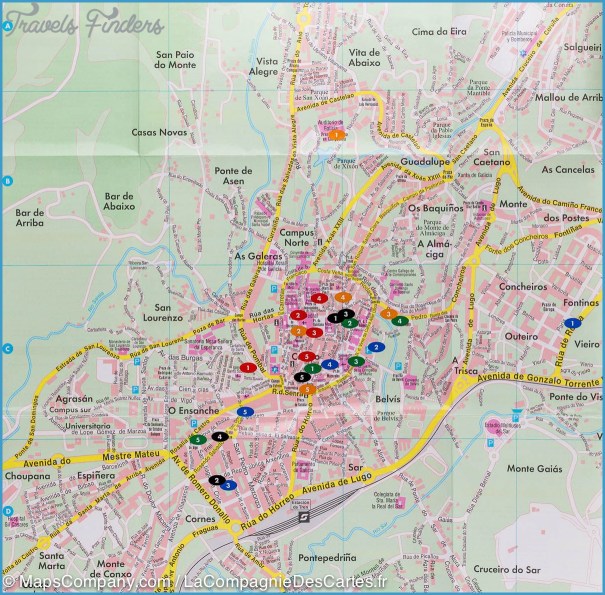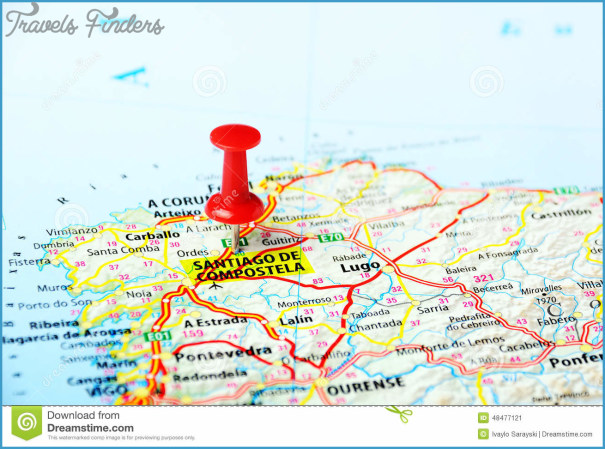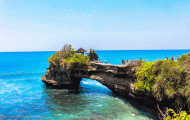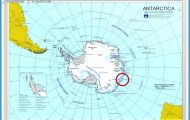Countless thousands have travelled to Finisterre over millennia as witness to some force beyond our understanding. Overlooking the harbour at the end of our journey is the haunting monument to the emigrant. As we arrive at the end of the world it is perhaps humbling to recall the thousands that departed from this selfsame spot to start their own journey of discovery to a new world.
We shall not cease from exploration And the end of all our exploring Will be to arrive where we started And know the place for the first time.
Santiago de Compostela Map Main Cities Photo Gallery
REFLECTIONS:
Note: If you have walked from Olveiroa you will likely want to shower and lest before tackling (perhaps the following day?) the additional 9.4 km round trip of Cabo Finisterre, San Guillermo’s cave and the Ara Solis before returning from the back (westerly) beach to the town centre. Whatever your physical, menial, emotional and spiritual condition your ultimate decision might rest on the weal ier and time of day! Is the albergue open so that you can relax knowing that you have a bed for the night and somewhere to leave your backpack? If the sky is clear;nd it is nearing sunset it might be worth the effort to climb the Ara Solis and sec he sun sink below the western horizon. A sight 1 have only been privileged to ee once in a multitude of visits, as the Atlantic throws up clouds at most times of year, An alternative is to take a tour of the town, a beer, or both?
FISTERRA TOWN A busy fishing port and summer tourism support the varied shops, bars, restaurants and hotels. While the town is sheltered from the worst of the westerly gales it has, nevertheless, been ravaged by wind, rain ; nd pirates down through the centuries. Consequently, there is little of historic or artistic significance remaining. However, the town’s somewhat untidy lay tut and modernity overlies a rich historical past. The population of the town is around 3,000.
WALKING TOUR: TOWN CENTRE AND HARBOUR AREA. Allow a couple of hours for a leisurely stroll around the town and harbour area. From the albergue to Charles Fort (Castello de San Carlos) above the Praia da Rivera (the nearest, clean and safe beach for a swim) and back is only around 1.5 kilometres. (See town map opposite).
Castelo de San Carlos a handsome 18th c. fort perched on the rocks at the end of the Praia de Rivera. Its canon ports a stark reminder of its strategic military position [2] Capela do Bo Suceso 17th c. Baroque chapel located in the back streets of the old town on the way to [3J Igrexa de Santa Maria das Areas (de Fisterra) occupying an elevated site on the outskirts of the town (on the road up to the lighthouse) the ancient parish church dating back to the 12th c. Adjoining the church was the last pilgrim’s refuge on the long road to the end of the world. One can imagine the exhausted but grateful pilgrims entering the welcome shelter of the albergue through the solid stone arches at the rear of ittf church. A vivid reminder, if such were needed, of the importance of Fisterra it1 medieval times in the Camino de Santiago (see also Mythology).

